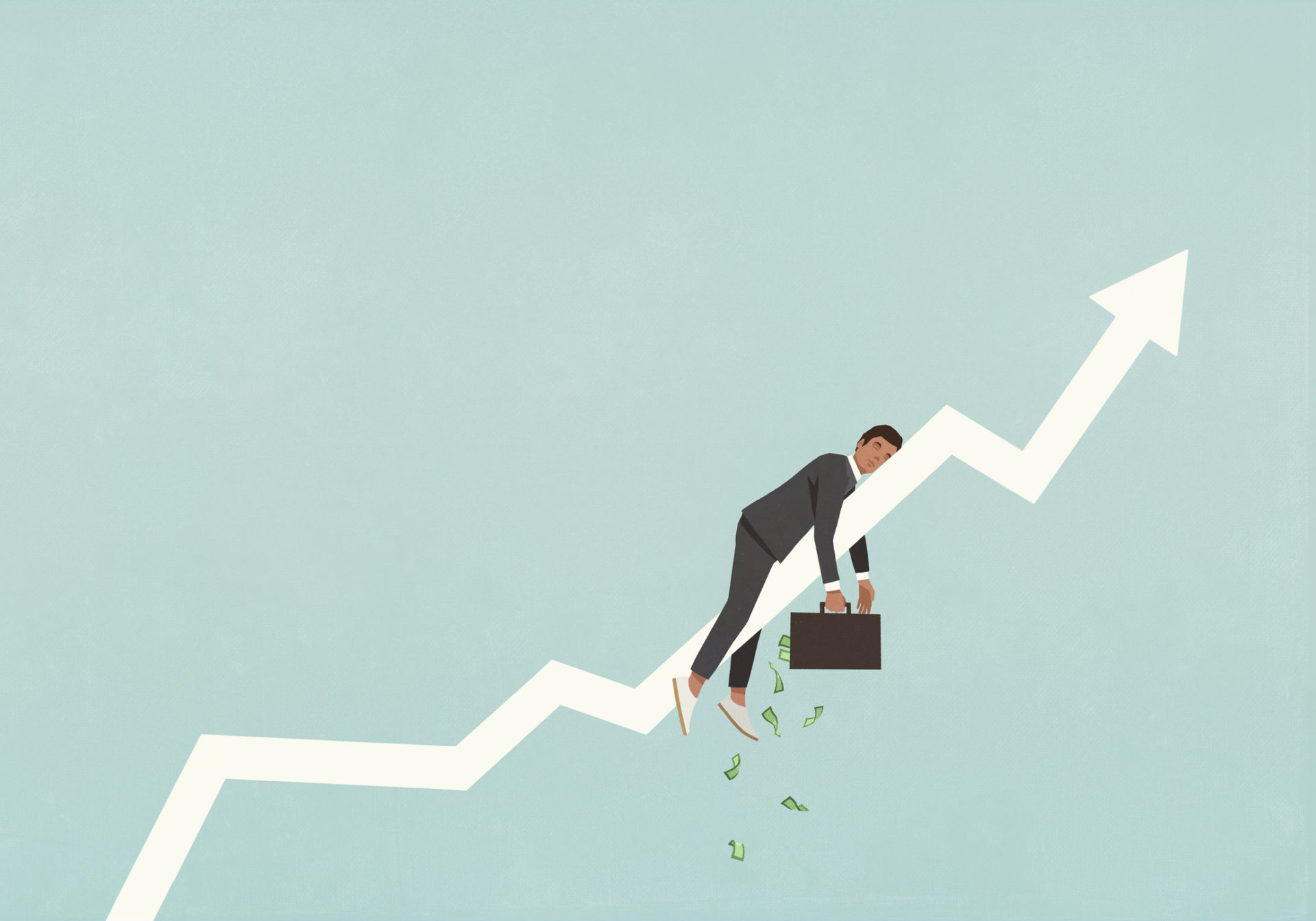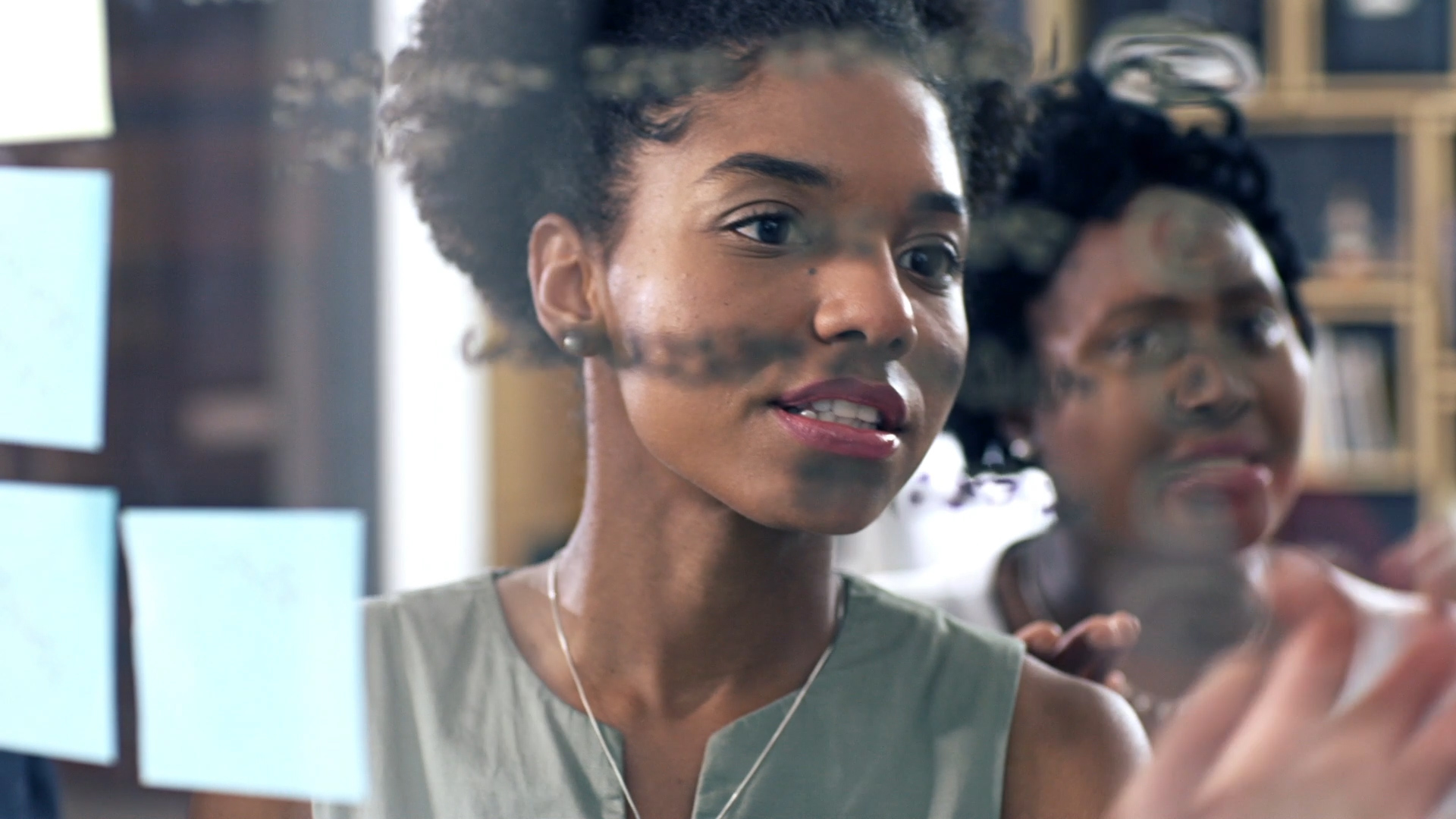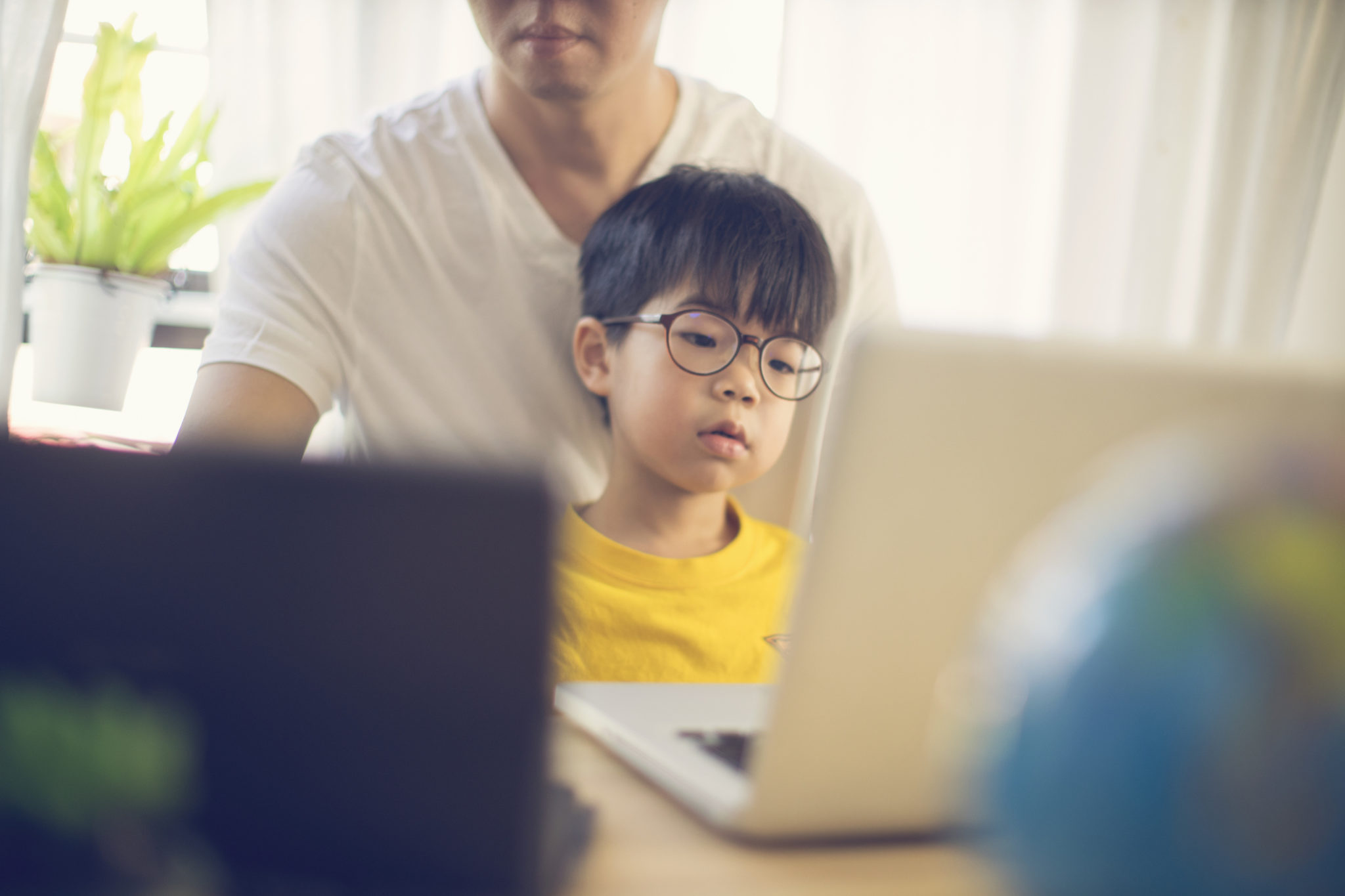According to a brief released by the World Health Organization, incidences of anxiety and depression have rocketed up 25% globally, an increase which can largely be attributed to the unprecedented stress, social isolation, and logistical barriers to mental health resources caused by the pandemic.
Remote work and learning have presented their own set of challenges, particularly around caregiving and productivity, and feelings of overwhelm and emotional exhaustion have intensified apace. It’s no wonder that so many of us are struggling with unprecedented levels of burnout that have left us feeling unmotivated, overworked, and directionless.
In an effort to offer support, surface insights, and encourage solutions-sharing, NationSwell Council members met for a five-part event series over the course of two months that aimed to shed light on the unique ways burnout has impacted leaders and team members of different cohorts: single parents, leaders of color, educators, healthcare workers, nonprofit leaders, and the CEOs and founders of companies.
In observation of Mental Health Awareness month, we are sharing some of the most compelling, actionable insights and learnings from this series.
Carving out intentional spaces for joy can be a radical act in a society that constantly demands more of us:
While our society tends to put a premium on productivity and “hustle culture,” being prepared to do the work for the long haul must necessarily involve some self-sustaining practices — such as carving out dedicated time and space for joy.
If burnout is, by definition, a sort of mental and physical collapse, then mitigation tactics won’t be enough to combat its spread; we’ll also need to go on the offensive, prioritizing our mental and physical health in more deliberate ways. One way to do that is to be more conscious about reminding ourselves that we have a right to wellness, and that something as simple as prioritizing joy is not a waste of time or a drain on productivity.
“Joy helps connect us to the bigger purpose and reminds us that this fight has been around for generations — our generation can only do so much,” one member said. “Without joy, the fight can become toxic — we can become toxic — if we don’t remember that what we’re really fighting for is the chance for future generations to experience joy.”
Addressing burnout must include concrete policies that address historic and systemic inequities:
In the summer of 2020, people around the U.S. flocked to the streets to protest the murder of George Floyd, an unarmed Black man, at the hands of police. The demonstrations were an example of how trauma can compound — and how, even as the pandemic has worn on, the politics of education, DEI, the pushback against critical race theory, and many, many more social factors have wound up fueling burnout.
During our session for leaders of color, members expressed skepticism about the usefulness of coaching and resilience training, which is often implemented in workplaces specifically as a way for BIPOC to deal with burnout.
“It raises the question of what resilience is — I can pull my bootstraps up if I need to, but that might not be the thing that helps me to grow and thrive in this environment,” one member said.
Members stressed the need for systemic changes over superficial programs, including corporate advocacy for the expansion of voting rights, more diverse hiring practices, and promoting and hiring more BIPOC employees into leadership roles.
Working parents are feeling the stresses of the pandemic — but their workplaces can actually be a bulwark against burnout.
During the huddle for working parents, members relayed the particular challenges they’d faced in being suddenly thrust into an environment where they had to perform what essentially amounted to two jobs: full-time caregiving and their careers.
“Especially during the pandemic, I just realized I just couldn’t do the things I used to be able to do,” one member said. “I had carefully constructed this web of caregivers and neighbors, and that all went away in the course of two weeks. I was so struck by the fact that I had these resources in terms of dollars, flexibility at work, a network of support, time, and I still couldn’t figure out a way to make my life work in the same way that it had before.”
Members in each group stressed the rising numbers of single parents entering the workforce, and said that employers on the whole need to be more conscientious about creating a destigmatized work environment that offers dedicated resources for parents, including flexible work hours and advocacy for universal childcare programs, like the plan for free, high-quality pre-K outlined in the Democrats’ Build Back Better Act.
Workplaces need to put the same premium on mental health benefits that they do on physical health programs.
Many members said that the pandemic highlighted the need for more dedicated mental health resources in the workplace, and said that the creation of such tools would facilitate a better workflow for preventing burnout.
Letting your team know that you prioritize mental health, and modeling that mental health as well, can be an actionable way to make others feel less isolated and more advocated for. Some mental health resources that were recommended include: workshops to address depression; stress management seminars that teach techniques such as mindfulness and breathing exercises; more flexible policies around working hours and paid leave; and affinity groups that provide teams with a sense of community and understanding.
Tweaking how we think about work won’t be enough — it’s time for a massive overhaul.
The concept of the 9 – 5 workday might have been widely accepted in the time before Covid, but the advent of remote work and a rapidly shifting social landscape, among other things, have necessitated a closer look at the old way of doing things.
From radically transformed caregiving expectations to the elimination of the morning commute, the workday just doesn’t progress the same way it used to. Many members argued that the implementation of new technologies make it easier than ever to get work done on a more flexible schedule — which companies should sign on to if they want employees who are happier and more productive.
“I may not be here from 9-5 every day, but if you know I’m doing good work and I’m going to get it done, that shouldn’t matter,” one member said. “We’re all better when we can show up to work and be present.”
To combat ‘founder burnout,’ don’t innovate: anchor yourself in the ordinary.
Members in our sessions for nonprofit leaders and founders in particular discussed ‘founder burnout’: the real and widespread phenomenon that sees leaders feel the need to take care of everyone and cater to the interests of multiple constituents at once, often at the expense of their own mental health.
“From a founder perspective it’s not the ridiculous hours that get me, it’s the fact that [work] is just always in my head,” one member said.
For nonprofit leaders, it can sometimes feel like the ‘work can’t wait,’ or that taking time to slow down inherently comes at the expense of vulnerable and underserved communities.
In order to combat feelings of overwhelm, nonprofit leaders advocated for “little moments of ordinariness” — sharing a piece of music during staff calls, or requests to drop whatever is on team members’ minds that day into the chat.
“Instead of this all-or-nothing approach, trying to find a middle path where we know that there’s this emotional charge pulling at us, but we also know we’re going to operate on both ends of the spectrum,” one member said.
Mental health is physical health — which means physical self-care can help.
A critical way to mitigate burnout is to pay attention to the ways it shows up in the body. Just like any other type of stress or anxiety, feelings of overwhelm can manifest as physical sensations, and taking the time to properly address these symptoms can help us to get a handle on our discomfort.
Going for a walk or a run, taking a long bath, and even giving or receiving hugs are all ways to physically tend to ourselves in order to reduce the effects of burnout. Similarly, techniques like mindfulness and breathwork can help us to maintain composure in the moment rather than taking our stress out on whoever’s nearby.
“Pay attention to what your nervous system is telling you — when I’m super activated, I take 30 seconds to pause before I go into my next interaction,” one member said. “This helps you to acknowledge where you are, to notice when you’re in a heightened state.”
Focusing on your own needs first can actually better prepare you to take care of others in the long run.
The uncertainty of our current moment has created a state of constant emergency, one where the sirens are always blaring and our priorities are always shifting. For some, that need to constantly be pivoting towards putting out different fires has been draining and overwhelming.
“I feel like the entire world keeps changing every 90 days, and I have to keep adapting my organization and strategy around it. It just won’t stop,” one member said. “Every time I think it will, something new happens, and that constant churn has been exhausting.”
In moments of crisis, it’s important to remember the old self-care maxim of ‘putting your own oxygen mask on before helping others’. No matter how quickly you’re rushing to address a problem, if your children, colleagues, friends or community members are getting a frayed version of you, nothing will be addressed comprehensively. The simple act of asking ‘What do I want,” or ‘What do I need right now’ — even if it feels selfish or uncomfortable in the moment — can help you to reclaim your power and stay in control.
The NationSwell Council community brings together a diverse, curated community of bold individuals and organizations leading the way in social, economic, and environmental problem-solving. Learn more about the Council here.













